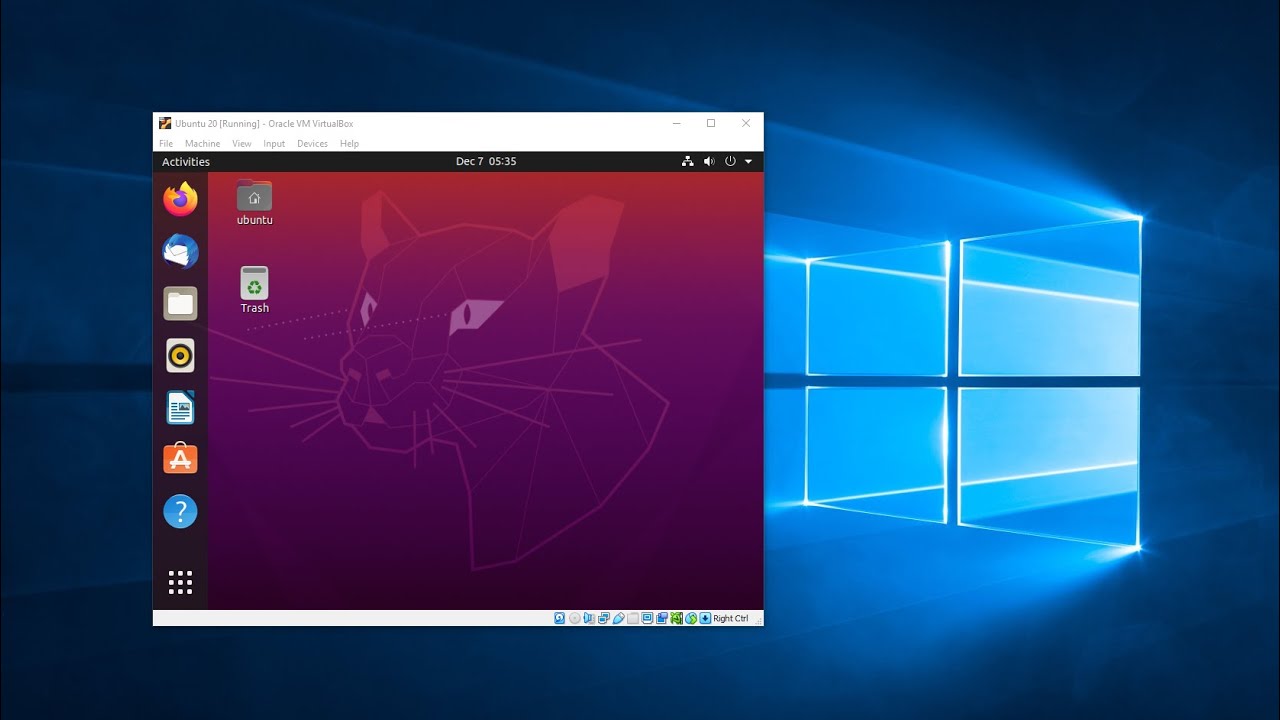

- #Loading windows in a virtualmachine how to
- #Loading windows in a virtualmachine install
- #Loading windows in a virtualmachine 64 Bit
- #Loading windows in a virtualmachine manual
#Loading windows in a virtualmachine install
Now that we have Hyper-V installed, the next step is to create a VM and install Windows 10 in the VM. Install Windows 10 in a Hyper-V virtual machine Hyper-V Manager cannot access files stored in your own Downloads folder.
#Loading windows in a virtualmachine 64 Bit
Select 64 bit as the platform and choose a language.To complete the process, you’ll need to enter some personal details, like your name and email address.When asked to select your experience, check ISO – Enterprise. Download the installation media from Microsoft’s website here.Let’s download an evaluation version of Windows 10 that we can install in a VM. Download Windows 10 Enterprise Evaluation Once Windows has rebooted, you will be able to use Hyper-V to run virtual machines on Windows 10. Type y and press ENTER to reboot.Īnd that is it. Once the installation has completed, you’ll be prompted to reboot Windows.In the PowerShell window, type the command below and press ENTER.Įnable-WindowsOptionalFeature -Online -FeatureName Microsoft-Hyper-V -All.You may be required to give consent or enter an administrator username and password to continue. Make sure Windows PowerShell is highlighted in the list of results on the left and then click Run as Administrator on the right.

#Loading windows in a virtualmachine manual
If you see ‘ Virtualization Enabled in Firmware: No’ but all the other Hyper-V requirements are set to ‘Yes’, then you’ll need to refer to your device’s instruction manual to enter the BIOS/UEFI and enable hardware virtualization.
#Loading windows in a virtualmachine how to
How to Install Windows 10 in a Virtual Machine (Image Credit: Russell Smith)

There are four requirements for Hyper-V compatibility and to the right of each you will see ‘Yes’ if your hardware meets them. Scroll down the list of results to the very end and you’ll see Hyper-V Requirements.In the command prompt window, type systeminfo and press ENTER.Type cmd in the search box in the bottom left of the taskbar and then click Command Prompt in the list of results.The easiest way to check if your device supports Hyper-V is using the systeminfo command line tool. Hardware-enforced Data Execution Prevention (DEP) – XD bit (Intel) or NX bit (AMD).Hardware-assisted virtualization – Intel VT or AMD-V.Virtualization support enabled in the BIOS or UEFI:.A 64-bit processor with second-level address translation (SLAT).Windows 10 Enterprise, Pro, or Education.4GB is the minimum RAM required but depending on the guest operating systems you plan to install in your VMs, you will probably need much more. Most modern Windows 10 and Windows Server devices meet the hardware requirements for Hyper-V. Check your hardware meets the requirements Hyper-V supports Windows, Windows Server, and Linux guest operating systems. You can run multiple VMs at the same time, provided you have enough resources like disk space, RAM, and CPU capacity. Hyper-V is a hardware-based hypervisor that lets you run VMs in their own isolated spaces. If you want to run virtual machines (VM) on Windows 10, you’ll need to install Hyper-V. In this article, I’ll show you how to set up Hyper-V and how to install Windows 10 in a Hyper-V VM. You can think of it like running a computer inside a computer where the host is usually a physical device and the guest OS is virtual. Using a feature called Hyper-V, a hardware-based hypervisor for virtualization, you can install Windows 10 and other operating systems in VMs running in Windows 10. Windows 10 includes all the software you need to set up a virtual machine (VM).


 0 kommentar(er)
0 kommentar(er)
